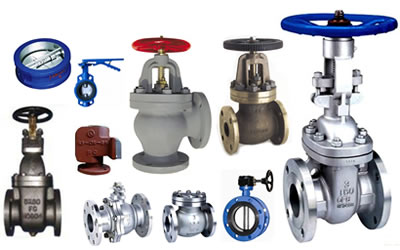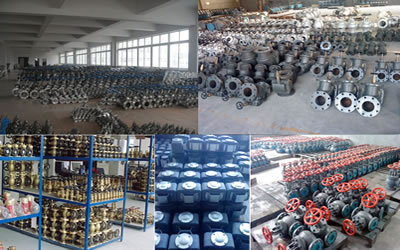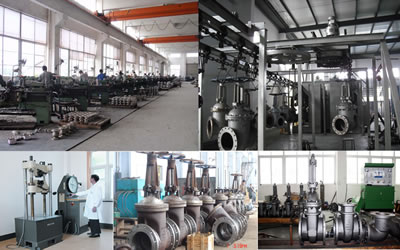Earlier this year, two reports analysing the world’s main shipping routes found that international trade is increasingly reliant on a handful of transit chokepoints, the disruption of which could easily throw the global food supply and the energy market into disarray.

The disruption of just one of the world’s eight key maritime chokepoints could have devastating effects on the global food security and put millions of people at risk.
This was the main warning of researchers from Chatham House, the Royal Institute of International Affairs, which used heat-maps based on vessels’ Automatic Identification System (AIS) data and expert judgment from the maritime industry to study the impact of sea channel closures on the food supply chain.
A separate study released just a month later by the US Energy Information Administration (EIA) warned that blocking a chokepoint, even temporarily, can lead to substantial increases in total energy costs and world energy prices.
Maritime chokepoints are effectively narrow channels connecting two bodies of water along widely used sea routes. Some of the world’s most important corridors include the Panama Canal, the Turkish Straits, Bab-el-Mandeb Strait, the Suez Canal and the Straits of Malacca and Hormuz. Although alternative shipping routes, such as the proposed Nicaraguan Canal or the Kra Canal are currently being considered, no realistic substitutes have yet emerged.
Over half of the total internationally traded maize, wheat, rice and soybean – which together account for over 60% of the food energy intake and protein feed supply worldwide – are shipped through at least one of these corridors.
While the International Energy Agency (IEA) has an emergency response system in place that helps regulate the oil market, there is no equivalent mechanism to manage the risk of a major food supply disruption, Chatham House warned. It also called on policymakers to take immediate action to mitigate these risks.
The consequences cannot be downplayed.
Possibly the most telling example of how affordable food and political instability are interconnected comes from one of the biggest conflicts in recent memory: a poor wheat harvest in the Black Sea region, which contributed to protests across North Africa in late 2010 and early 2011, and later snowballed into the Arab Spring.
The Strait of Hormuz

The Strait of Hormuz is the world's most important chokepoint. Listed as a highly critical chokepoint with no alternative, the Strait of Hormuz allows vessels direct access into the otherwise closed-off Persian Gulf.
With a width of just 21 miles at its narrowest point, ships heading to and from China, Japan, India, South Korea and Singapore can only operate within a two-mile-wide shipping lane in either direction.
The EIA estimates that about 30% of the world’s crude oil and other liquids, as well as 30% of global LNG trade, is moved through this chokepoint.
A number of countries belonging to the Gulf Cooperation Council – including Saudi Arabia, Kuwait, the United Arab Emirates, Qatar, Bahrain and Oman – have been identified as some of the most food import-dependent in the world.
In terms of oil, only Saudi Arabia and the United Arab Emirates (UAE) have pipeline capacity to circumvent the Strait of Hormuz, while other potential rerouting options to bypass Hormuz are currently not operational.
The Strait is no stranger to disruption. In 2015, Iranian patrol boats fired shots at a cargo ship before boarding and seizing it. In the near future, Chatham House points out that climate change could lead to cyclones hitting Hormuz, while Iran’s threats to close the Strait of Hormuz have long been a concern to oil markets.
The Panama Canal

The critical link between Western and Asian markets is done through the Panama Canal, which has recently undergone its first expansion since 1914 to enable larger ships to transit through its locks.
Now measuring 50 miles in length and only 110 feet in width, it handles the US’s main maize and soybean exports to Asian markets. This is estimated to balloon in the near future, with Chinese demand expected to account for nearly half of the growth in global food demand by 2050. The country’s soybean imports are expected to exceed an annual total of 100 million tonnes by 2025.
Over the past decade, the Canal has seen many disruptions, particularly due to extreme weather patterns, with episodes of flooding, drought and fog leading to its temporary closure, restrictions and delays.
The Canal does have alternatives: ships can reroute through the straits of Magellan, Cape Horn and Drake Passage if needed, but this would add 8,000 miles to the journey, as well as the high costs associated with such a detour.
Bab-el-Mandeb Strait
 A chokepoint between the Horn of Africa and the Middle East, Bab-el-Mandeb Strait serves as the gateway to the Mediterranean Sea and the Indian Ocean.
A chokepoint between the Horn of Africa and the Middle East, Bab-el-Mandeb Strait serves as the gateway to the Mediterranean Sea and the Indian Ocean.
Measuring only 18 miles at its narrowest point, tankers have to squeeze through a two-mile-wide navigation space in both directions.
It is also one of the three critical chokepoints that allow access into Algeria, Tunisia, Libya and Egypt via the Mediterranean Sea, which these countries use to import 70% of their wheat. Furthermore, 32% of the world’s potassium chloride – the most heavily traded fertiliser – passes through this strait.
Its closure would mean that European and North African oil flows could no longer take the most direct route to Asian markets, while also keeping tankers leaving the Persian Gulf from reaching the Suez Canal or the Sumed Pipeline.
Armed conflict and political volatility in the region seem to be some of the most frequent causes of disruption so far. In 2015, all major ports in Yemen were closed due to Saudi airstrikes, followed by anti-shipping missiles fired on a UAE ship by rebels the following year, and multiple attacks on vessels transiting the strait taking place throughout 2017.
At present, Chatham House researchers warn that the Strait of Bab-el-Mandeb remains exposed to spill-over from conflict in Yemen, and to instability in nearby Somalia.
Strait of Malacca

The primary chokepoint in Asia, the Strait of Malacca allows vessels to take the shortest sea route between Persian Gulf suppliers and the Asian markets, such as China, Japan, South Korea and the Pacific Rim.
In terms of its oil flow, the strait handles mostly crude oil, with petroleum products making up the remainder. The narrow 1.7-mile corridor that vessels have to pass through creates “a natural bottleneck with the potential for collisions, grounding, or oil spills,” the EIA found.
Piracy, attempted theft and hijackings are among its main threats, with ships being victims of an increased number of attacks, according to the International Maritime Bureau's Piracy Reporting Centre.
However, rerouting is not a valid option, as it would tie up global shipping capacity, add to shipping costs and potentially affect energy prices, the EIA has warned. It would also disrupt the trade of LNG from the Persian Gulf and African suppliers, which goes to the biggest importing countries like Japan and South Korea.
One bypass option for oil supply came from China and Myanmar, who commissioned the Myanmar-China natural gas pipeline, which became fully operational in June this year.
At the same time, the strait also handles 18% of the global grain trade, for which there is no shipping alternative.
The Suez Canal

One of the world’s best known corridors, the Suez Canal is located in Egypt and connects the Red Sea to the Mediterranean Sea.
Over the past two decades, it has experienced great growth, and between 2000 and 2015 the region’s wheat imports arriving through the Suez Canal grew by 120%. Although it mostly handles food trade, petroleum and LNG also accounted for 17% and 6% of total Suez cargoes, respectively.
Similar to the Panama Canal, Suez underwent extension works in 2010, and all of the world’s container ships and the vast majority of bulk carriers are now able to navigate through it.
Just like the rest of the world’s key maritime chokepoints, the canal seems to be under threat, due to a mix of storms and attacks on ships over the past seven years. Now, Chatham House warns that the risk of an attack on the Suez Canal may be rising, due to increased terrorist activity and attacks in the Sinai Peninsula.




